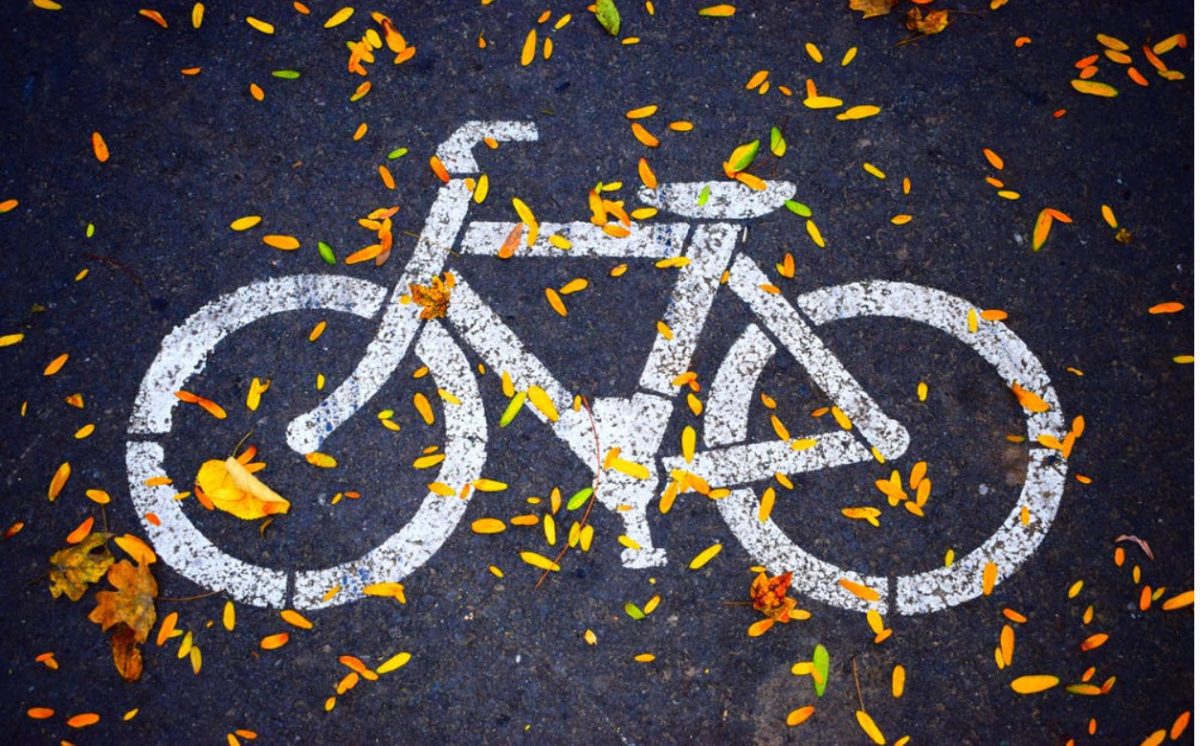Injured in a bicycle collision? If you’re like most people, you probably have a lot of questions. How do I file a claim? What can I expect from the other party’s insurance company? Do I have a case? And if so, how do I go about getting compensation, so here are some things you can do.
1. Hire a lawyer
If you’ve been injured in a bicycle collision, the best thing you can do is to hire a lawyer. They’ll be able to advise you on your legal rights and help you file a claim against the other party’s insurance company. They’ll also be able to help you get the compensation you deserve for your injuries. Hiring a bicycle accident lawyer is an important first step, and it could make the difference between a successful claim and a failed one. This is because these lawyers are experienced when it comes to dealing with insurance companies, and they’ll know exactly what to do in order to get you the compensation you deserve for your injuries.
2. Gather evidence
Gathering evidence is another significant step in filing a successful bicycle collision claim. This includes collecting photographs of the scene, your injuries, and any damage to your bicycle. It’s also important to gather witness statements, as these can be used to support your case. If possible, it’s also a good idea to keep track of all medical expenses related to your injury, as you can use these as evidence to support your claim. If you can remember, take detailed notes of what happened immediately following your bicycle collision. This should include who was present at the scene, their names, contact information, and observation of your physical condition after the accident. It’s also important to note how this injury has affected your life since the accident.
3. Contact the other party’s insurance company
Contacting the other party’s insurance company is the next step to take. Lawyers can help you with this, as long as you do not contact anyone else about your claim before speaking with them first. The reason for contacting the other party’s insurance company first is because it could affect your legal rights, should you choose to pursue a claim against that person at a later date. However, if an injury prevents you from contacting them yourself, then make sure to let your lawyer know immediately. You have the right to have an insurance company investigate any potential claim you may have.
4. File an official report
After taking these initial steps, filing an official report is another important thing you can do. This can be done by calling your local police department and reporting the collision. If possible, your lawyer will be able to advise you on the proper procedure. It’s also advisable to file a formal report with your insurance company and let them know that you’ve been involved in a bicycle collision. This is important for getting compensation since it can affect how much of your expenses they’ll cover. If you want to increase your chances of getting compensation, you can also file a report with the National Highway Traffic Safety Administration.
5. Follow your doctor’s orders
Following your doctor’s orders is another important step in making a successful recovery from a bicycle collision. This means attending all of your appointments, following your doctor’s prescribed treatment plan, and taking any medications they may have prescribed. It’s also important to give your doctor accurate and updated information about your injury, so they can provide the best possible care. This includes telling them about any pain or other symptoms you’re experiencing, as well as how the injury has affected your life. Following your doctor’s orders is an important part of making a full recovery and can help strengthen your case if you decide to pursue a claim against the other party.
6. Discuss the settlement at court
If a settlement can’t be reached outside of court, then your lawyer will discuss the case with the other party’s lawyer. This is known as taking a case to trial. At this point, both sides will make their cases to the judge and a decision will be made. A trial can last anywhere from a few days to several weeks, depending on the complexity of the case. If you’re found not at fault for the collision, you may be eligible for reimbursement of your legal fees. Settlement amounts vary from case to case, but they can range anywhere from a few thousand dollars to a million dollars for a bicycle collision.
Following these steps will help increase your chances of obtaining a successful settlement after being injured in a bicycle collision. While every situation is unique, these tips should provide a good starting point for anyone wishing to pursue legal action. If you have any further questions, be sure to speak with a lawyer who can advise you on the best course of action.


